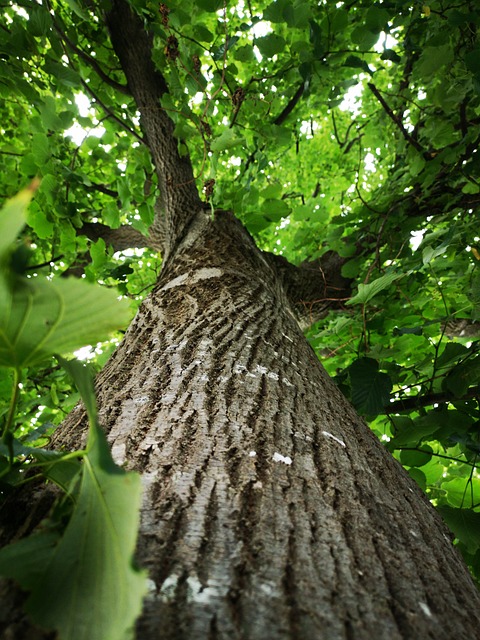
For many homeowners, mature trees are a cherished part of the landscape—offering shade, beauty, and even increased property value. However, when trees grow unchecked, especially those near the home, they can quietly transition from asset to liability. Regular, well-planned trimming isn’t just a cosmetic effort—it’s a practical, often overlooked component of home maintenance that can prevent significant problems before they arise.
One of the most immediate concerns with overgrown trees near a home is their proximity to the structure itself. Branches that extend over roofs or brush against siding may seem harmless, but they introduce several risks. During storms, even moderate winds can snap limbs, leading to roof damage, broken windows, or clogged gutters. Over time, constant friction from limbs rubbing against shingles or siding can cause wear, leading to leaks and moisture intrusion.
Moisture, of course, is the gateway to a host of other concerns. Excessive shade cast by dense branches can prevent roofs and exterior walls from drying properly after rain, fostering the perfect environment for mildew and moss. These organic materials not only degrade surfaces but also attract pests. Trimming back overhanging limbs increases sunlight and airflow, which helps keep your home dry and discourages these damaging growths.
Another hidden risk lies beneath the surface. Tree roots, particularly from large specimens planted too close to the foundation, can exert pressure on underground structures. But what often goes unnoticed is that overgrown canopies can accelerate this risk by catching more rainfall and directing concentrated runoff toward the base of the house. By managing the tree’s crown, you’re also indirectly managing water flow—reducing the chances of erosion, foundation shifts, or basement seepage.
Weak, dead, or overcrowded limbs are more susceptible to disease and can compromise the structural integrity of the tree. A well-trimmed tree not only looks better but is better equipped to withstand storms, pests, and seasonal stress.
Ultimately, a proactive approach to tree maintenance is about safeguarding the home as much as preserving the landscape. While it might be tempting to ignore those branches slowly encroaching on your roofline, doing so can lead to far more costly and invasive repairs down the line. Routine trimming is a modest investment that can prevent structural damage, improve drainage, reduce pest exposure, and extend the life of both the tree and your home.
For homeowners, keeping an eye on what’s growing above is just as important as what’s happening below.
